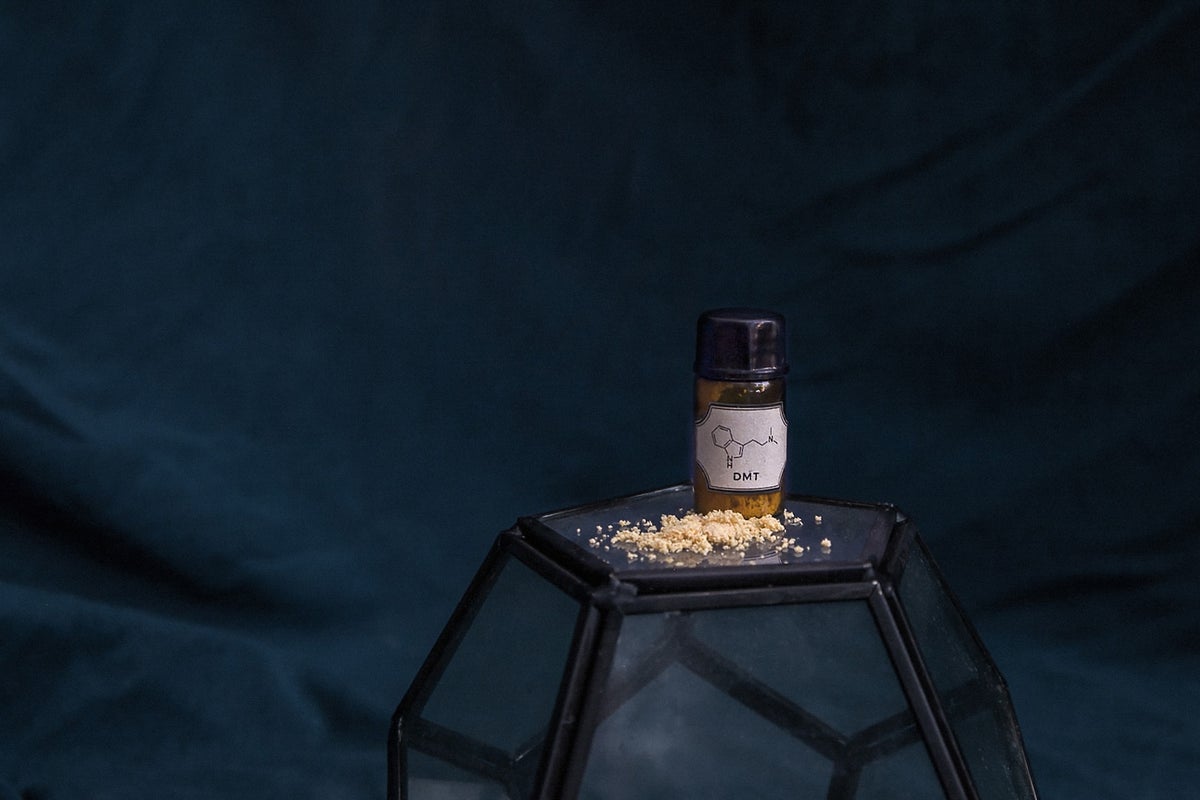This article was originally published on Microdose and appeared here with permission.
In recent years, there has been a growing movement to decriminalize and legalize psychedelic drugs, with increasing evidence that the legalization of psychedelics and other compounds could have significant economic and social benefits.
Potential Benefits Of The Legalization of Psychedelics
Many believe that the “war on drugs” has been not only a moral failure, but one that has cost society and the economy in many ways. According to advocates, the criminalization of drugs has led to mass incarceration, and the harming of families and communities — all while doing little to reduce drug use.
So what are the societal benefits of ending drug criminalization and moving towards the legalization of psychedelics?
One of the most significant economic benefits of drug decriminalization and/or legalization is the reduction in government spending on law enforcement and incarceration. In the United States, the war on drugs has cost taxpayers trillions of dollars. Decriminalizing drugs would free up these resources for other purposes, such as education, healthcare, and social services.
For example, a study by the Cato Institute found that drug legalization would reduce government expenditure by $41.3 billion annually. Of this, $25.7 billion would be saved by state and local governments, and $15.6 billion would be saved by the federal government.
The monetary cost of U.S. domestic drug policy is equally remarkable. Since the War on Drugs began more than 40 years ago, the U.S. government has spent more than $1 trillion on interdiction policies. Spending on the war continues to cost U.S. taxpayers more than $51 billion annually — The Cato Institute
Another economic benefit of drug decriminalization is the increase in tax revenue. When drugs like psychedelics are legalized, they can be taxed like any other product. This would generate billions of dollars in revenue that could be used to fund public services.
For example, a study by the Tax Foundation found that legalizing marijuana could generate $28 billion in tax revenue annually. This revenue could be used to fund education, healthcare, or infrastructure projects. In Colorado, where cannabis sales are legal, the government brought in $423 million in tax revenue from marijuana sales in 2021, and legalization has generated over $2 billion in tax revenue since 2014. This revenue has been used to fund education, healthcare, and infrastructure projects.
In addition to the economic benefits, drug decriminalization could also have a number of other positive social impacts. For example, it could reduce crime, improve public health, and promote racial justice.
A study by the RAND Corporation found that decriminalizing drugs could reduce crime by up to 15%. This is because decriminalization would take the profit out of the drug trade, which would reduce gang violence and other crimes associated with drug trafficking.
Decriminalization or legalization of psychedelics could also improve public health. When drugs are decriminalized, people are more likely to seek treatment for addiction. This could lead to a decrease in overdose deaths and other health problems associated with drug use.
Finally, decriminalization could promote racial justice. The war on drugs has disproportionately affected people of color. Decriminalizing or legalizing drugs would help to reduce this racial disparity, with positive spillover effects across society.
In conclusion, there is a growing body of evidence that decriminalization or legalization of psychedelics and other drugs could have significant economic and social benefits.
The Benzinga Cannabis Capital Conference, the place where deals get done, is returning to Chicago this Sept 27-28 for its 17th edition. Get your tickets today before prices increase and secure a spot at the epicenter of cannabis investment and branding.
Image and article originally from www.benzinga.com. Read the original article here.

